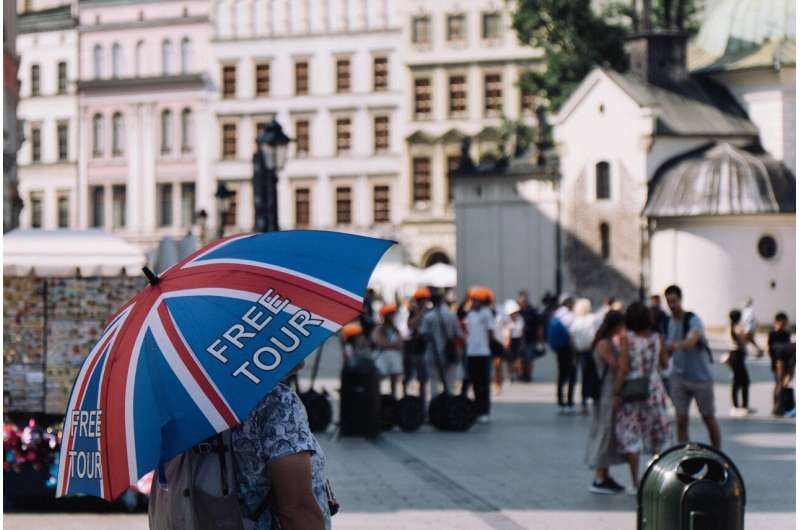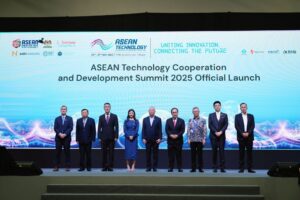
A recent study from the University of Córdoba has unveiled a detailed profile of tourists who participate in “free tours” across Europe. These tours, which lack fixed pricing and rely on voluntary payments, are especially popular among educated, upper-middle-class women in their 40s. The findings, published in the journal Tourism Recreation Research, are based on approximately 250 surveys and highlight key demographic and behavioral trends among participants.
The study reveals that about three out of four participants hold a university degree or a higher qualification. Furthermore, around 60% of the respondents reported a monthly net income exceeding €1,500, with one in four earning more than €2,500. When it comes to payment preferences, half of those surveyed indicated they would typically pay between €6 and €10 for these tours, while very few are willing to pay over €20.
Tourist Motivations and Experiences
Participants are drawn to these tours for several reasons, including the opportunity to explore historic neighborhoods and the engaging nature of the guides. According to Tomás López, the lead researcher in the Tourism, Culture and Sports Economics group, “People want to learn about a city through personal stories rather than plaques. Guides play a crucial role in delivering these experiences.”
The research indicates high satisfaction levels among participants, with many expressing a willingness to recommend these tours to friends and family. Older respondents, in particular, reported even greater satisfaction, suggesting that age may correlate with a preference for this form of tourism.
In contrast to other tourism models, the study found little connection between participation in “free tours” and the collaborative economy, such as services like Blablacar, Uber, or Cabify. This distinction underscores the unique appeal of guided walking tours, which are characterized more by their personal interaction than by transactional exchanges.
Implications for Tourism Promotion
The findings of the study could serve as valuable insights not only for companies offering such tours but also for public tourism agencies aiming to enhance their marketing strategies. Antonio Menor, another author of the study, emphasized the importance of these tours in promoting the image and visibility of tourist destinations.
As the popularity of “free tours” continues to rise, understanding the motivations and preferences of participants will be essential for businesses and cities looking to attract and retain visitors. This study provides a framework for tailoring experiences to meet the expectations of a discerning and educated clientele, ultimately enhancing the overall tourist experience in European capitals.
For further details, refer to the published study: Miguel Ángel Solano-Sánchez et al, “Free walking tour tourist profile determination. Motivations, preferences and experience assessment,” Tourism Recreation Research (2025). DOI: 10.1080/02508281.2025.2481327.






